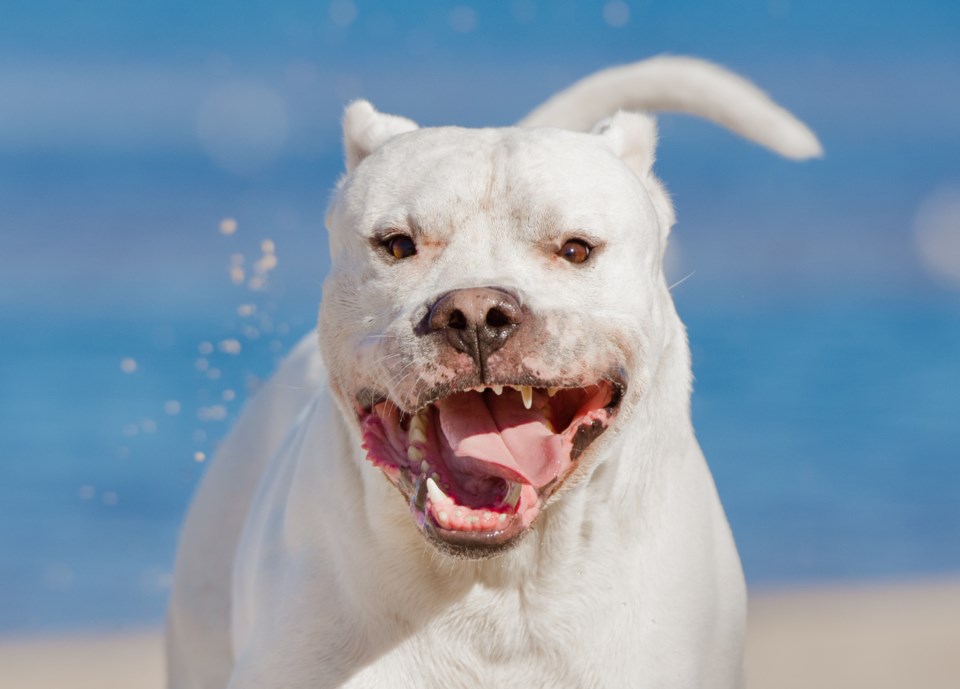BarrieToday welcomes letters to the editor at [email protected]. Please include your daytime phone number and address (for verification of authorship, not publication). The following is a response to a news story published Monday, titled City revising bylaw around dogs at the waterfront.
*************************
The city ought to reconsider allowing dogs near beaches and grassy lawns a short distance near lakes and waterways.
The fact is that dogs can carry dangerous bacteria and parasites like worms that can harm other animals and humans. These organisms can sit on lawns, sandy beaches, and even the water itself.
I would suggest they consult veterinarians and biologists before acceding to people’s whims.
The Centennial (Park) boardwalks and lawns are covered in geese feces as it is. We don’t need dogs to dirty them further.
When I was a child, Minet’s Point was quite cleaner than it is now. The sand has since been replaced with grass, weeds, and debris and Minet’s Point is a dirty dog run. The entire area is festooned with fecal matter and other disgusting things I don’t want to mention.
Professional consultation has improved the waterfront and made it a tiny wildlife habitat attracting caspian terns, double-crested cormorants, loons, and great blue herons. Every evening, those same terns execute high-speed dives into the canal to feast on spawning fish.
We should be proud of the tiny ecological paradise we’ve made that gives photographers, such as myself, such pleasure.
But we can’t have it both ways.
Improving the waterfront is a good idea. But know that whenever we provide waterfront recreation areas, they usually come at a cost to the wildlife. Wildlife conservation efforts clash with human recreational and industrial demands in a kind of eternal war.
There ought to be wildlife-only zones and recreational zones. However, it is hard to intermarry the two in the same region. Boats and even motorized cycles produce noise that distresses and harms wildlife by interfering with their life cycles and ordinary behavior.
Christopher Mansour
Barrie
*************************

